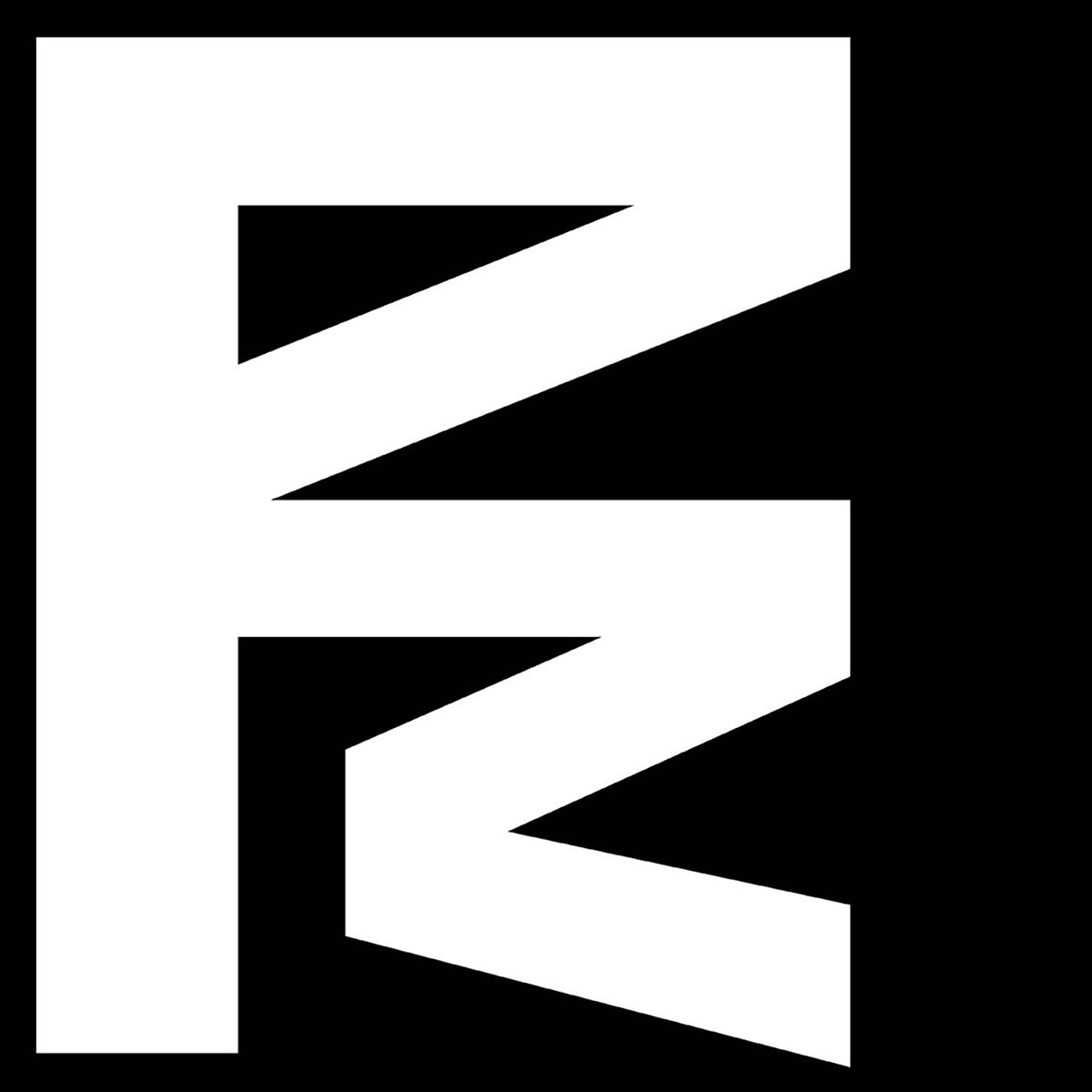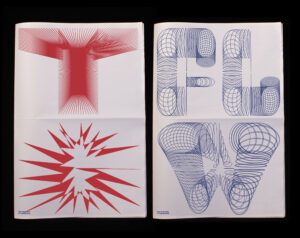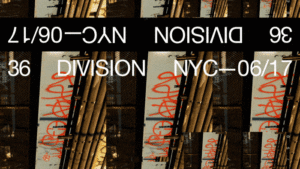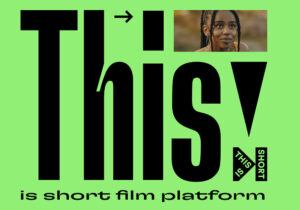Daniel Wenzel (@wnzldnl) works in the field of graphic and type design, specialising in utilising animation-tools and code. His multidisciplinary career has drawn him into exploring AI and questioning the unsettled, rapidly changing trajectories of the industry… How is tech impacting, or going to impact, the design industry? What about creativity is intrinsic to humans? And what isn’t? Many of these questions are still arguably without answers, and yet they’re vital to raise…
Whist there’s complex philosophical underpinnings throughout Daniels work, the designer explains that often his journeys start through his intuition in problem solving. ‘I like to use the right tool for each problem to solve. Sometimes it needs programming, sometimes it needs motion. It just happened to become multidisciplinary… I never planned to learn code for example. If I have an idea, I try to find a solution and sometimes I end up learning new skills. This is how I got into AI’.
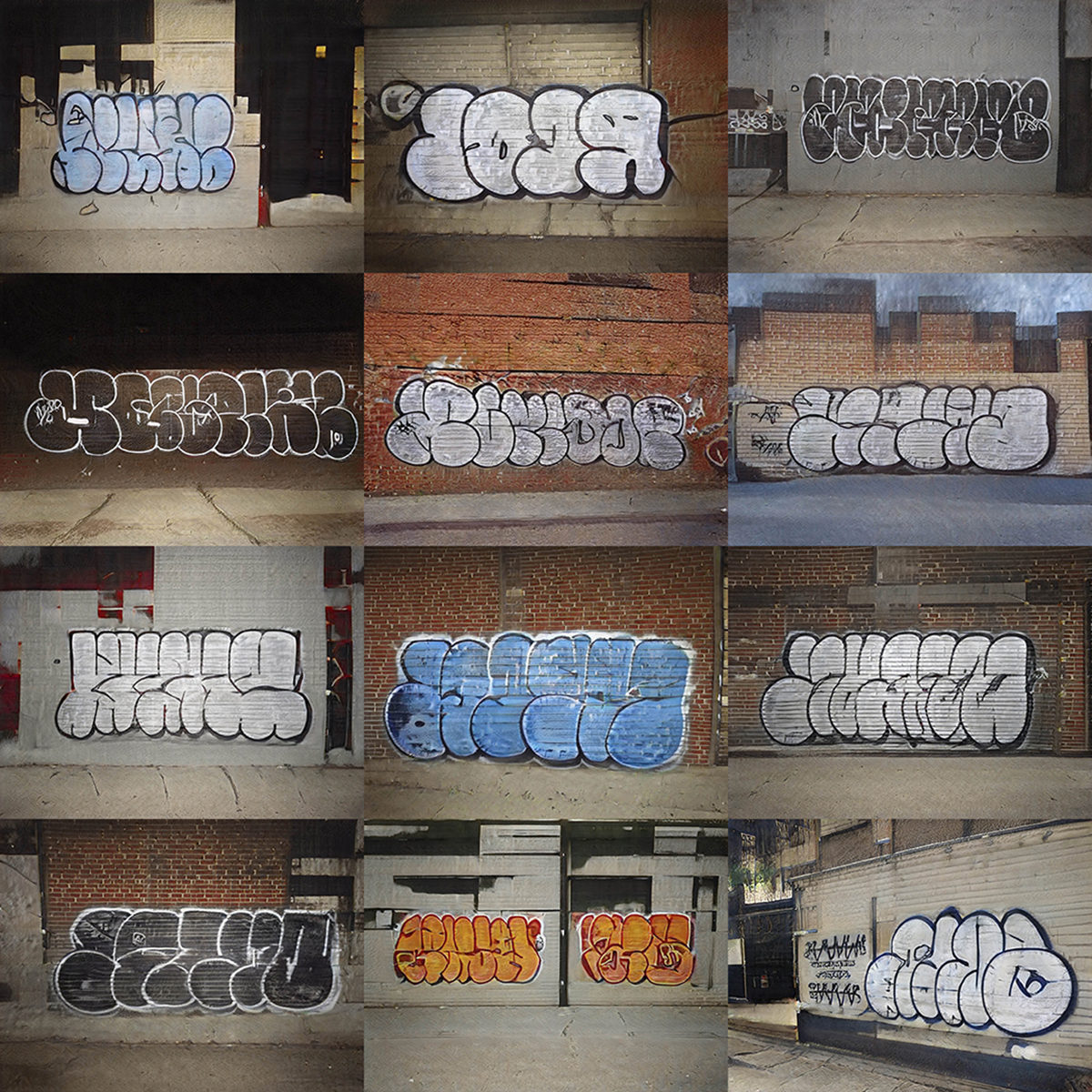
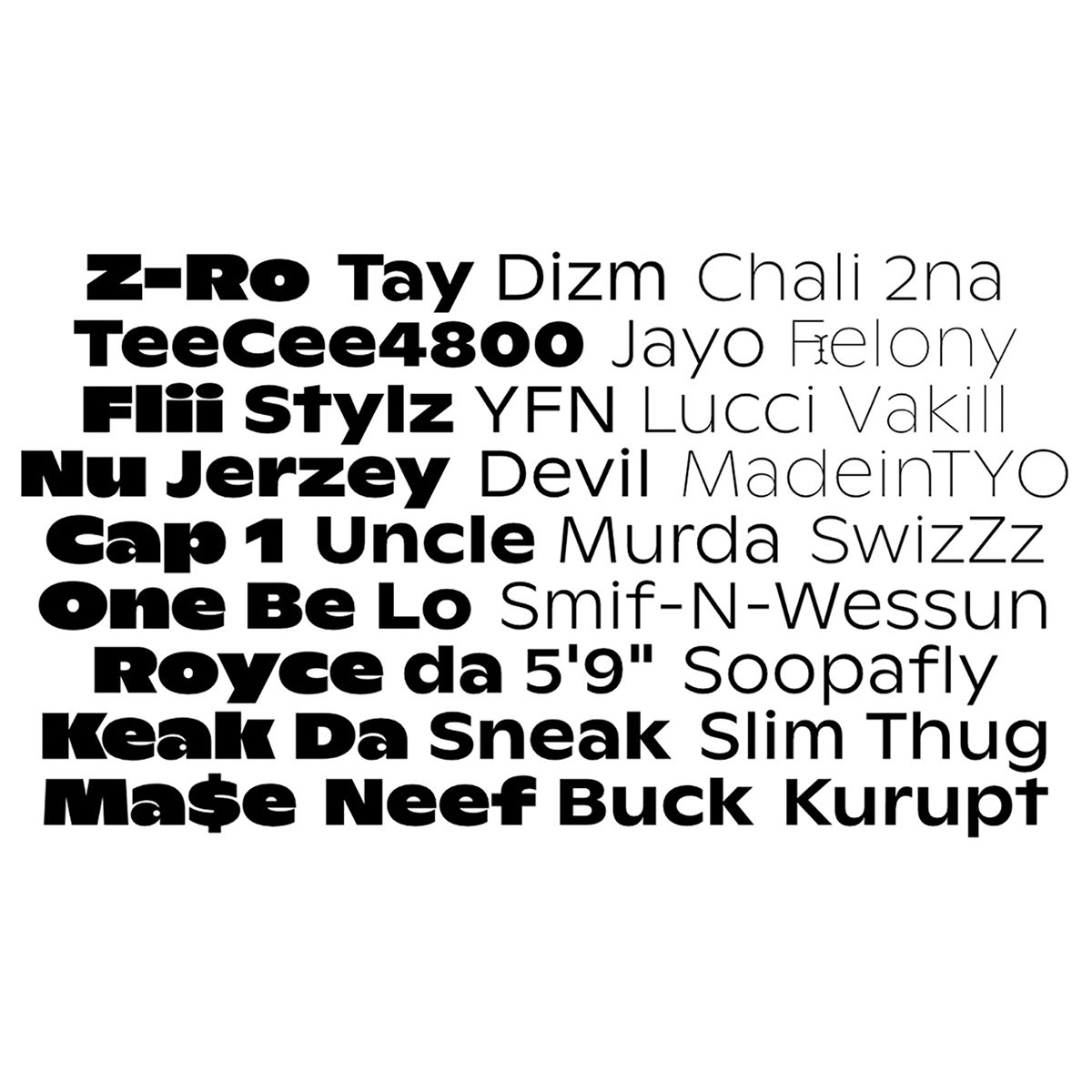
We’ve been fascinated by learning more about Daniel’s plethora of investigative projects. He seems to approach type and design as an interlacing series of systems; changeable, malleable and often enlightening in terms of alternatives… Daniel’s university thesis, for example, centred around exploring the developing relations between AI, humans and creativity. ‘This is a little bit complicated’, the designer begins. ‘I wrote my thesis about Automated Type Design. In order to show that in type design assistive automation can be also used in the creative process, I started to test with neural networks. So I basically trained AI with thousands of letters to generate new letterforms. I started to do it with the letter A… The idea was that AI is giving you design suggestions and you sort of creative direct, pick and refine’.
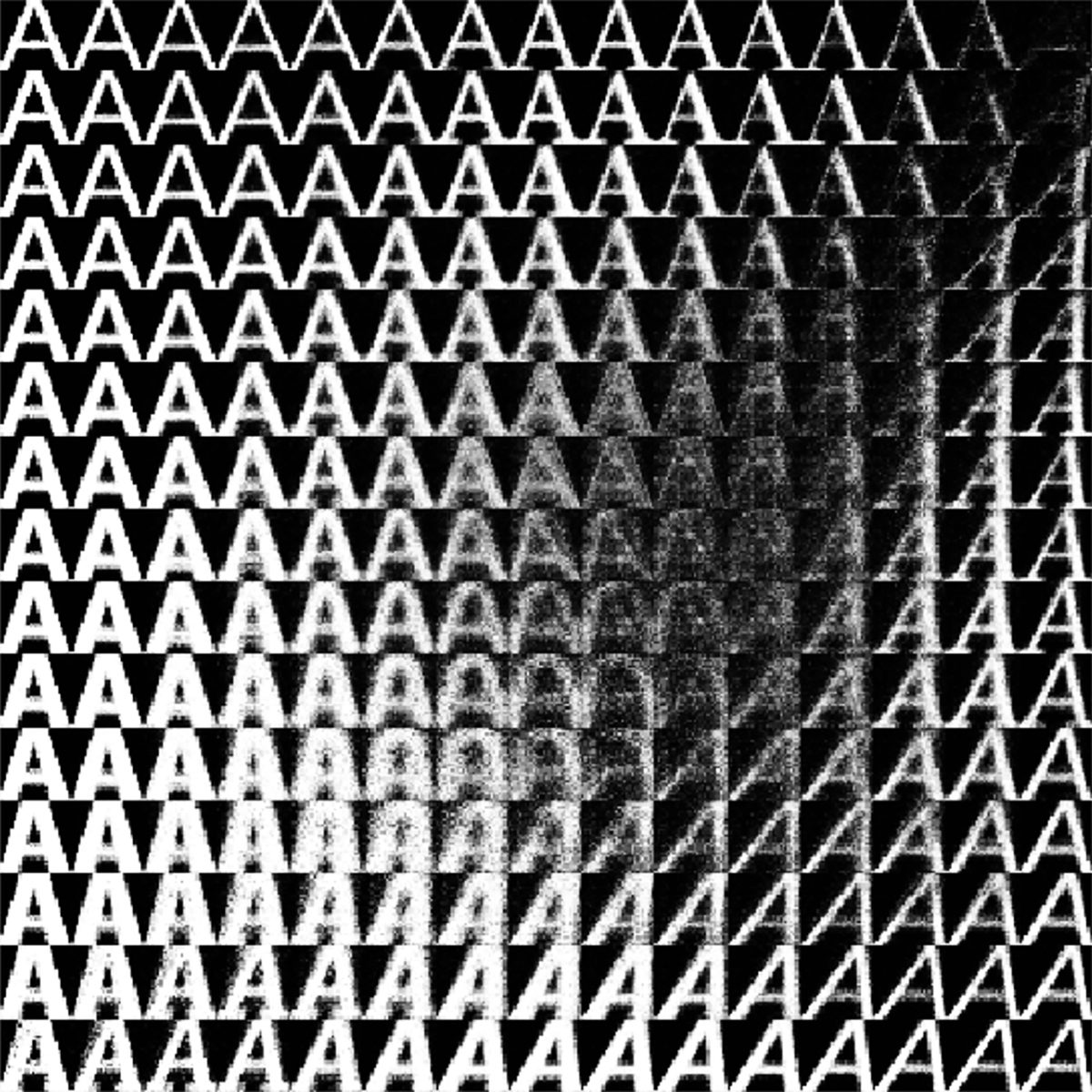
Beginning with A, Daniel trained AI to create entire typefaces through convolutional neural networks. Inspired by networks in the human Visual Cortex, these algorithms (systems of rules or calculations which provide shortcut routes to solutions) essentially aim to enable computers (or AI) to perceive and interpret images, amongst other data, similarly to the way humans do. They are able to learn to differentiate and assign value to various inputs; assimilating vast amounts of information and learning the ins and outs of sophisticated images. So, Daniel’s project investigates a possible working relationship where AI does the groundwork, whilst the designer refines and directs. And the training process is stunning, if a little surreal, to watch.
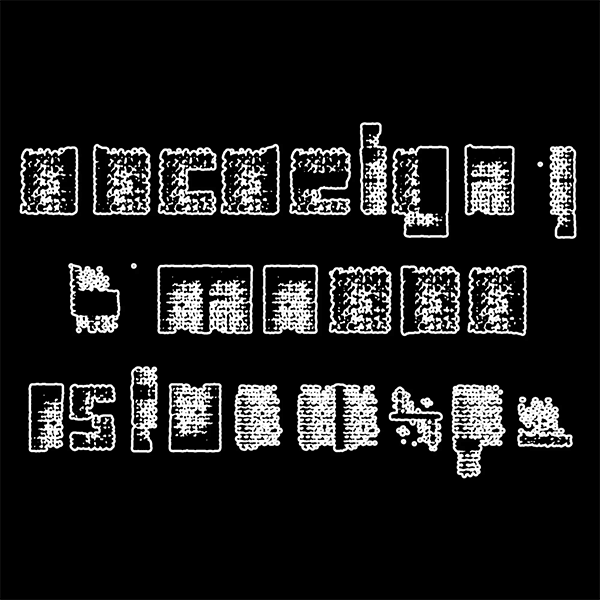
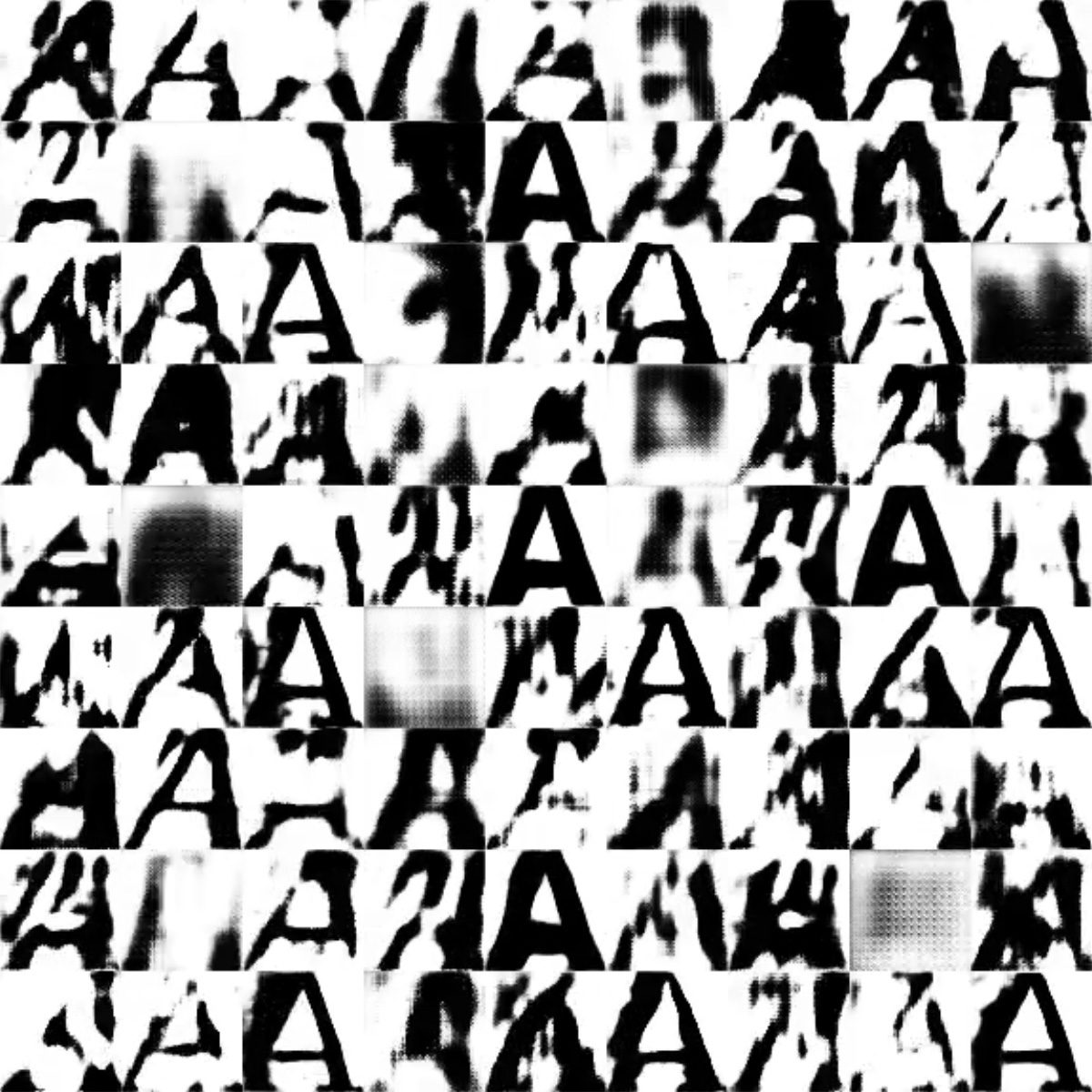
Obviously, we immediately wanted to know more about Daniel’s ideas on what this intelligence actually means. How might tech and automation impact the future of type design? Of work cultures and creativity? Daniel believes we should understand and welcome the role of AI in design, but perhaps acknowledge where the line is drawn between what skills are no longer specific to human beings alone…
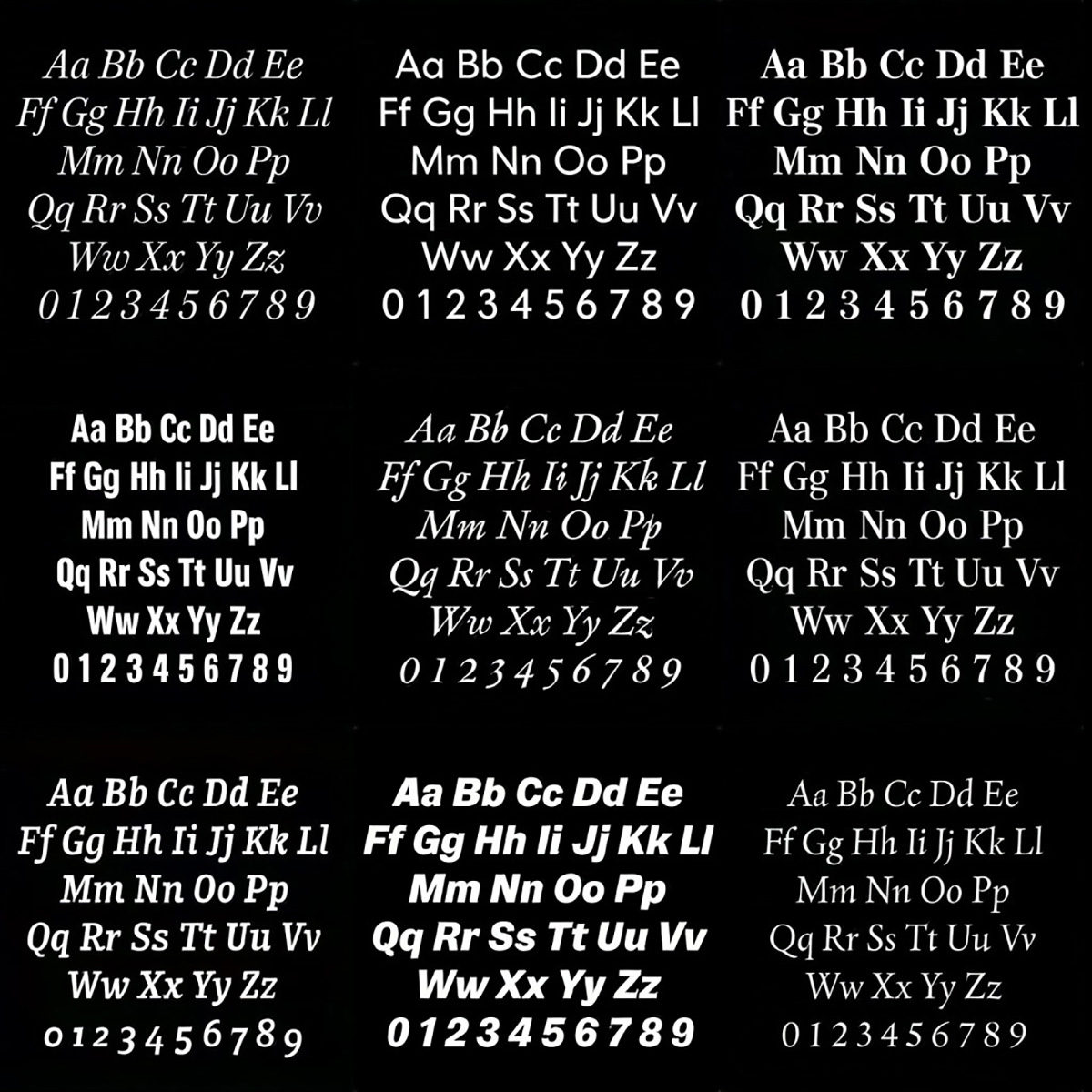
‘The most recent developments with training full typefaces is showing a lot’, Daniel explains. ‘It shows me that AI can make proper typefaces. Rather uncreative standard typefaces yes, but it confirms my decision to concentrate on more unconventional or experimental display typography. Automation and AI can help a lot to speed up the craft, but it’s less about replacement and more about assistance… Every complex tool, even Photoshop for example, is taking away tasks or is influencing design decisions. We have to use the technological progress to our advantage and not be scared of it. Our environment is getting faster and these tools help us to keep pace’.
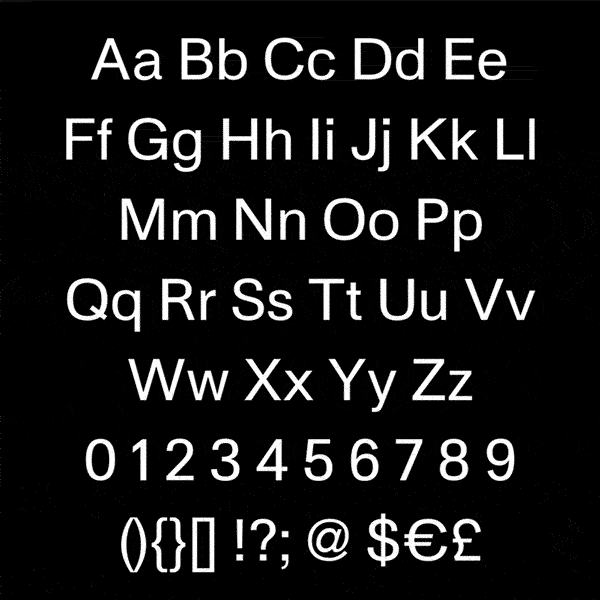
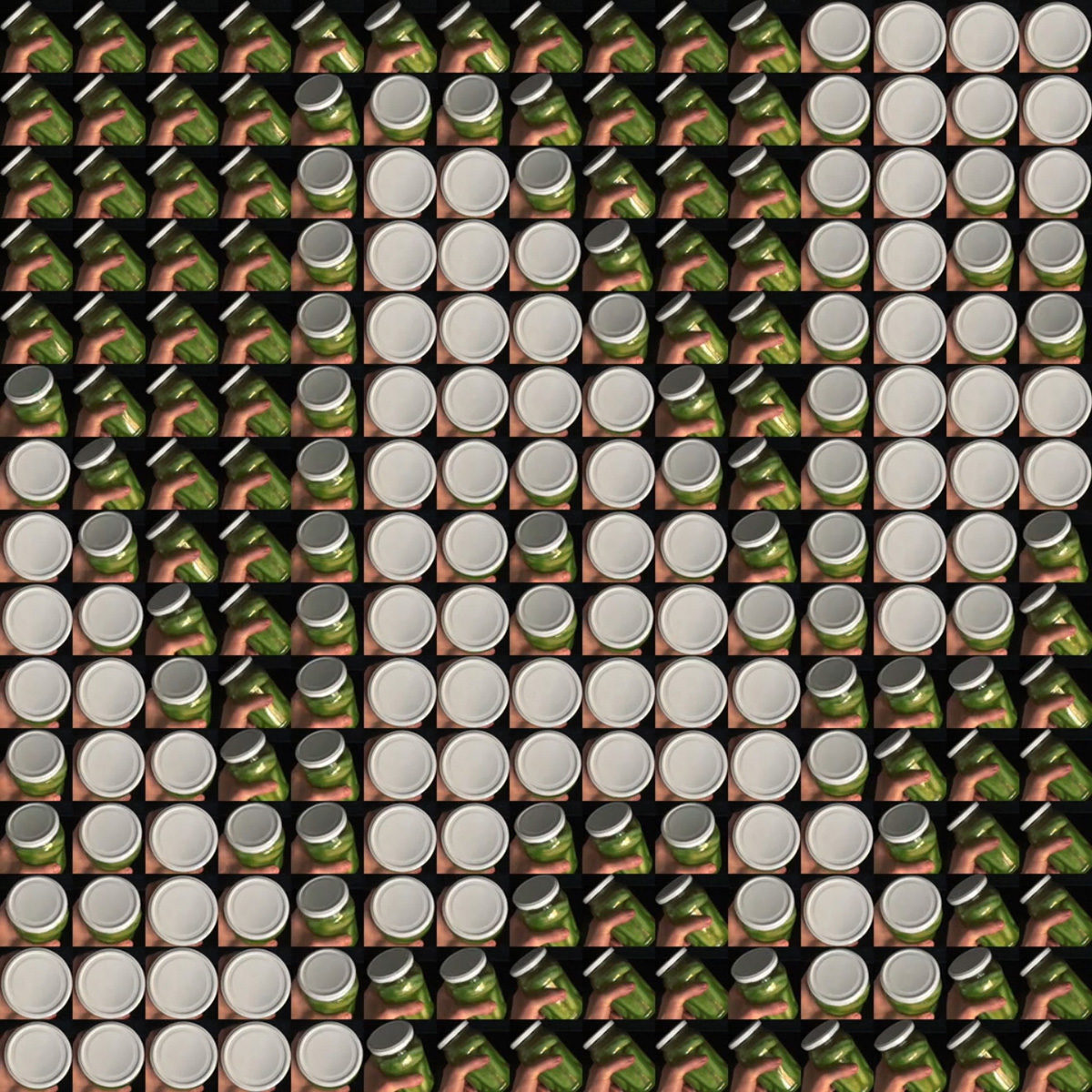
In the case that we can train AI to generate forms for us, we wanted to hear Daniel’s thoughts on what elements of design still feel intrinsically human — what kind of profound relationship exists between designers, creativity and society? ‘Well. To me being creative means to get inspired by society and culture. I hate design references’, the designer tells us. ‘Weak AI, which is all we have so far, can easily be trained by i.a. record covers and create new record covers… But it cannot be inspired by pop culture or architecture or food. I see design and society influencing each other back and forth. Or at least it should be’. So AI can’t experience and know our lives, surroundings and references with all the senses and generational experience embedded in us; those which feed into our creativity… For example, Daniel notes he tends to draw his inspiration from ‘culture, pop culture, music, food, architecture, art, graffiti, science, physics, life’, adding,‘Fuck design references’.
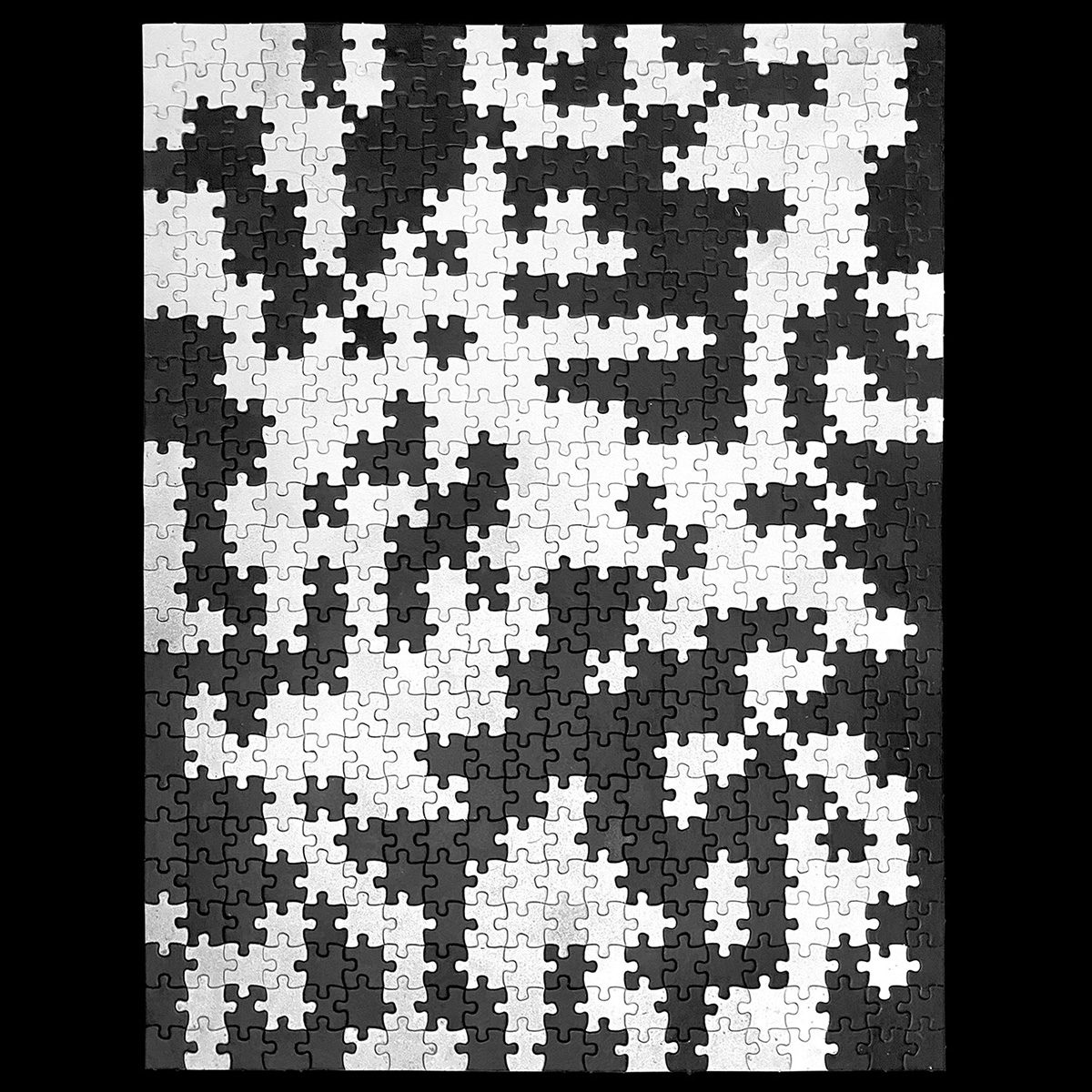
‘It‘s probably not avoidable to be influenced by design when being surrounded by design on a daily basis. But definitely no active design inspiration. No. To me personally, physics is always highly inspiring’… Sofor now, at least in design, AI is an assistive groundwork tool. Despite advances in automation, insightful, humane design (wherever you draw your inspiration from) still needs a human touch. Thank you so much to Daniel for sharing his ideas, to see more from the designer, check out his website and Instagram.



